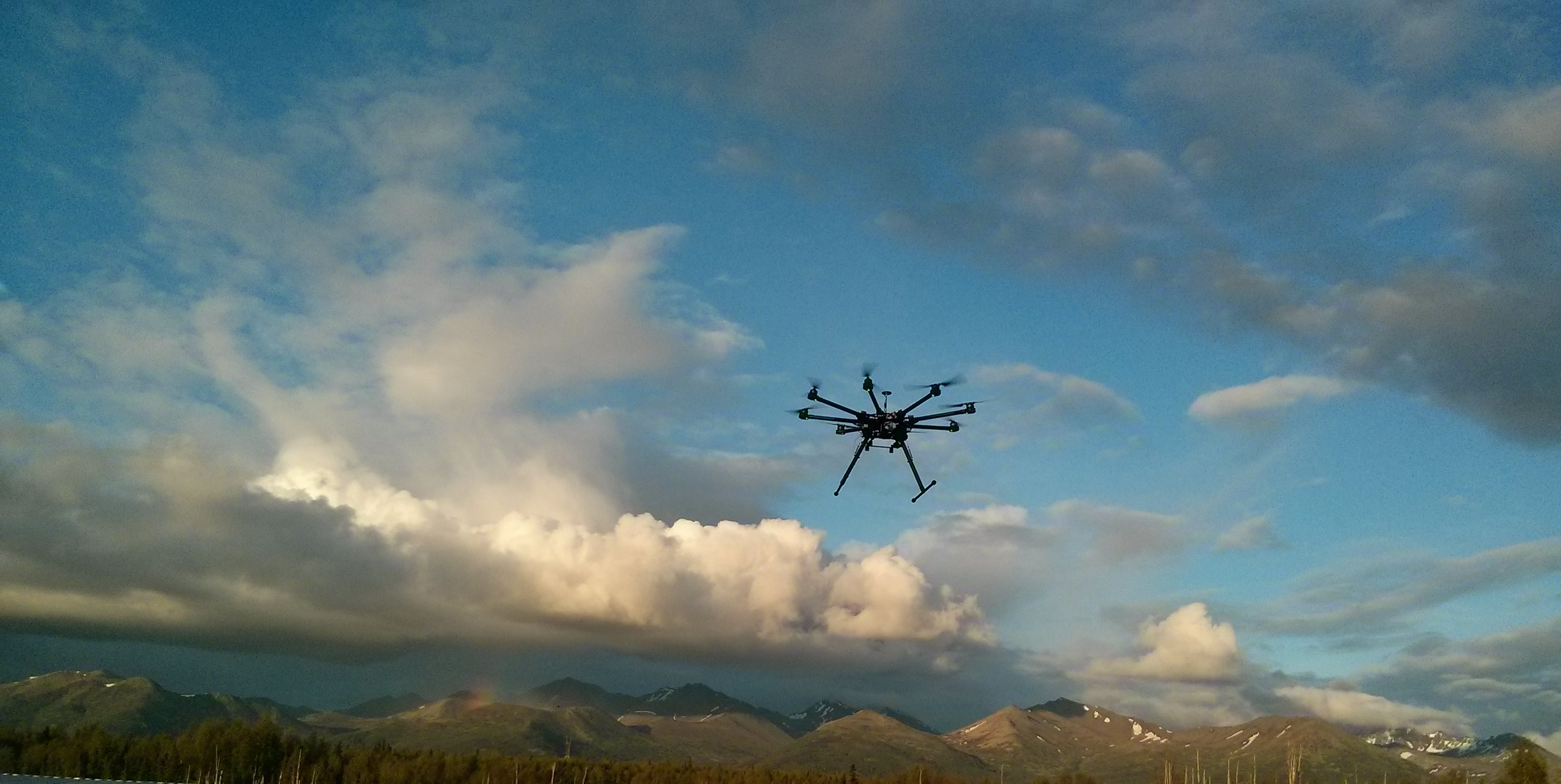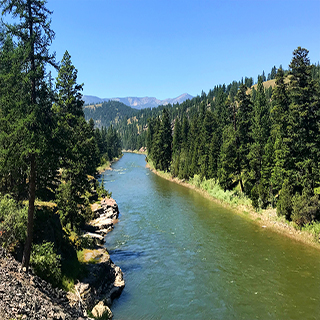Geospatial AI For Abandoned Oil & Gas Wells


Research Updates
Year One
UAA’s investigation into locating and mapping oil and gas wells included site visits to two abandoned wells. Results were mixed as their efforts were hampered by poor weather conditions, but a literature review has been conducted and a database of wells has been identified as a promising resource for further identification efforts.
Year Two
Research efforts resulted in the submission of a journal paper for review and a related scientific presentation. This research has also been accepted for presentation at an upcoming conference in 2024. Researchers used machine learning to develop an effective framework for object detection and then developed a deep learning model to evaluate this framework. Three field surveys were conducted, and data is currently being analyzed.
Scouting Trip
In September of 2022, Caixia Wang of the University of Alaska, Anchorage completed a preliminary scouting trip to see if she could locate the orphan well sites known as Eureka #1 and Eureka #2 in the Copper River Basin. She was able to locate Eureka #1, but deteriorating weather conditions prevented access to the area believed to contain Eureka #2. These well sites will provide good test locations for our methane sensing technology as our research gets underway.
This material is based upon work supported in part by the National Science Foundation EPSCoR Cooperative Agreement OIA-2119689. Any opinions, findings, and conclusions or recommendations expressed in this material are those of the author(s) and do not necessarily reflect the views of the National Science Foundation.
